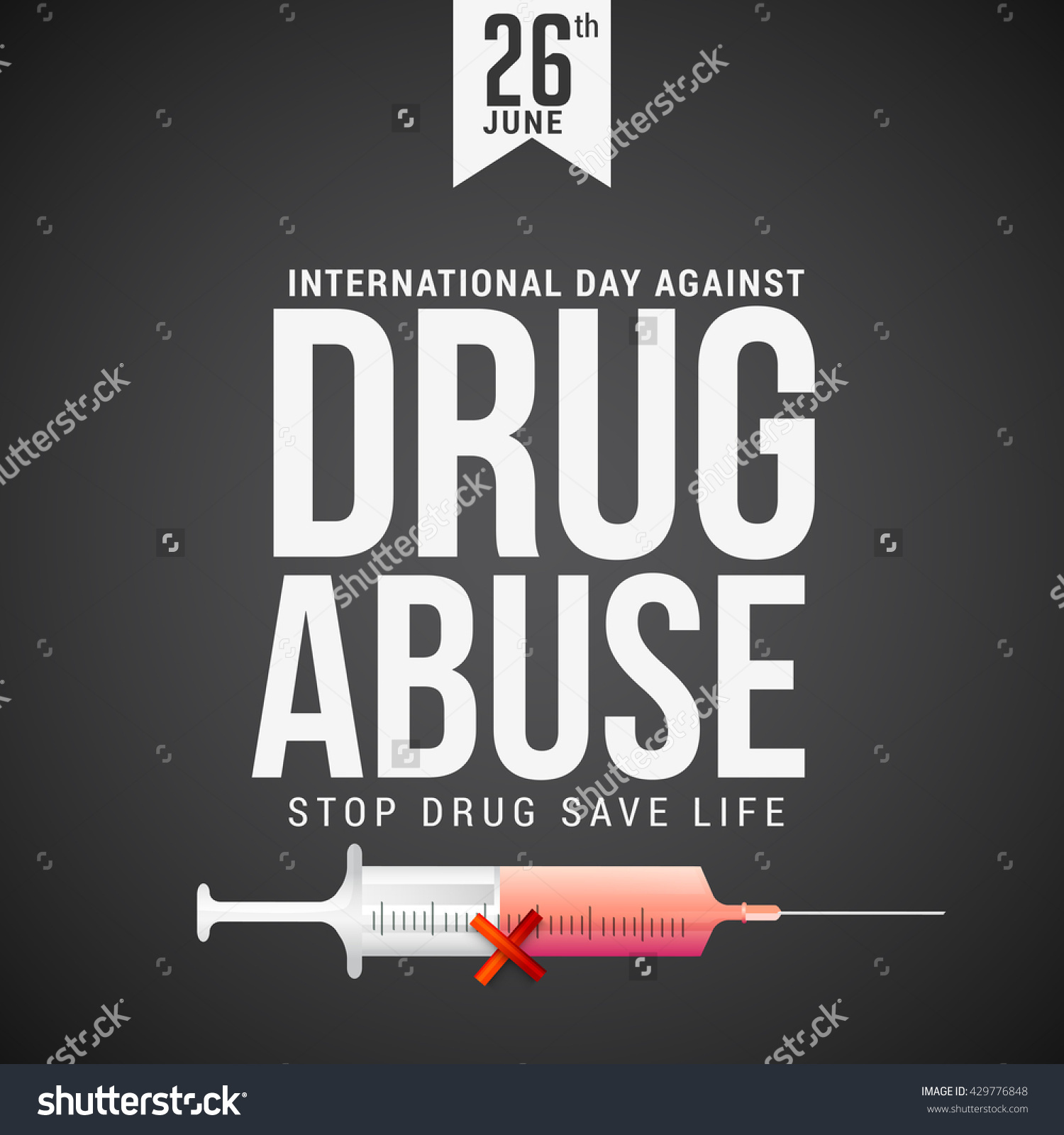Understanding drug taking and drug addiction

Understanding drug taking and drug addiction effectively is important in the recovery process
Understanding drug taking and drug addiction: Deficiencies in the brain
In our quest for understanding drug taking and drug addiction, it is important that we study some of the research findings on this topic. According to studies conducted professionally, it has been established that there are electrophysiological deficits in persons struggling with alcoholism. Like for instance, in one of the studies, it was established that the brains of those who consume more than 300 ml of alcohol daily, compared to non-alcoholics had abnormal electrical waveforms of the P300 electrical potential. Decreased amplitude of the P300 electrical potential occurs, not just on alcoholics, but also in their progeny, suggesting that electrophysiological deficits exist even before alcohol consumption in the children of people who drink alcohol. Drug-taking changes the brain’s magnetic and electrical patterns, increasing the electrical firing of the brain’s neural circuitry and the body’s nervous system to generate a high. With long term use, they act to revitalize the body, having a seriously damaging effect on the vital life force, further reinforcing the need to take the drug.
Understanding drug taking and drug addiction: Low magnetic levels
Low magnetic levels in the brain and body are caused by deficiencies of folic acid, zinc, thiamin, and other nutrients. The western meat-based diet is largely responsible. It is nutritionally inadequate in terms of antioxidant vitamins and minerals, and deficient in negative magnetism. Over time, the animal product diet can create abnormal cravings for drugs which will differ in strength depending on nutrient availability and level of magnetic balance.
Biochemically speaking, on such a diet the natural opioids no longer function as they should, causing craving and eventually, with drug use and addiction. Drugs supply exhilaration as they stimulate the reward or pleasure center of the brain. They act to increase the electrical firing in the reward center releasing certain neurotransmitters which induce a sense of euphoria, elevation in mood increased arousal and motivation.
Excited by the drug use, the brain’s neural circuitry adapts to the chemical state. If the drug is withdrawn, brain function in impaired and pleasure is replaced by pain, inducing depression and a loss of energy and motivation. Continued drug use is reinforced, first by the physical addiction and secondly, by the strong psychological desire to avoid painful withdrawal.
Drugs serve as compensatory mechanisms for the biochemical imbalance in the brain and body, affecting mood. Alcohol, for instance, functions primarily to relax, as doe’s opium. Other drugs stimulate (caffeine) and can trigger the tension that may lead to drinking. Aggression often triggers smoking and smoking (nicotine) often reduces aggression, causing the change of mood or relaxation. That is why many smokers say they smoke to reduce nerves when irritable, anxious or worried.
Finally, we can conclude that poor diet and the brains consequent magnetic and chemical imbalance are the primary causes of drug use and addiction confirming the point that the causes are just a stone through away. And because many have failed to identify these causes, doctor Dalal Akoury made a decision to create a medical center (AWAREmed) whose main objective is to transform each individual’s life through increasing awareness about health and wellness and by empowering individuals to find their own inner healing power. And it will interest you to note that doctor Akoury’s practice focuses on personalized medicine through healthy lifestyle choices that deal with primary prevention and underlying causes instead of patching up symptoms. That explains why you need to call her on telephone number 843 213 1480 for the commencement of your recovery process.
Understanding drug taking and drug addiction: Deficiencies in the brain
http://regenerativepotential.com/wp-admin









